Full-grain leather, or how to recognize a quality leather #1
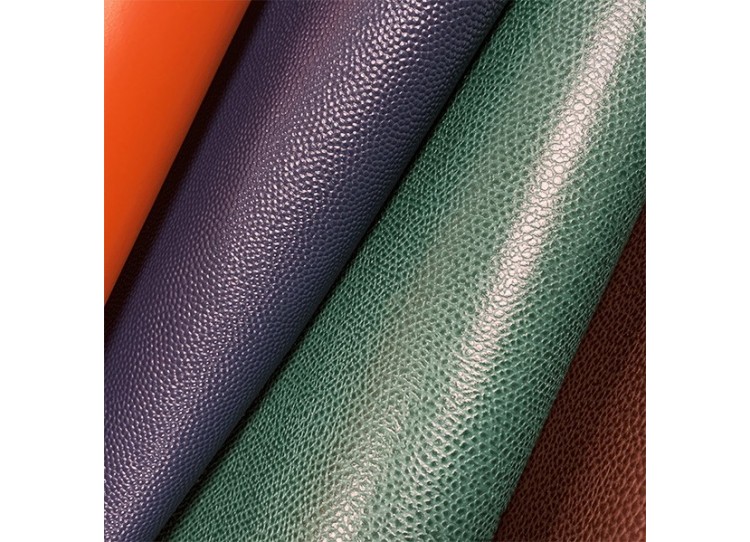

In the world of leather and leather goods, you will often hear about full-grain leather, a term brandished as a promise of high quality, yet when you are not an initiate, this adjective can seem obscure. Lamaro explains why this feature is important, even essential if we want to determine the level of quality of a leather.
To begin, a short course on the structure of the skin
The skin is made up of three layers:
-
The epidermis, a very thin layer on the surface of the skin composed of keratin
-
The dermis, composed of a tangle of fibers that do not have the same structure throughout its thickness. In the upper part, the fibres are fine and very dense, this part is called the flower. In the lower part, the fibres are coarser and looser, this is called the flesh.
-
The subcutaneous tissues
During the transformation of the skin into leather, the epidermis and the subcutaneous tissues are eliminated and only the dermis remains. Because of its structure, it is easy to understand that the grain is the strongest part of the leather.

Leather and split leather
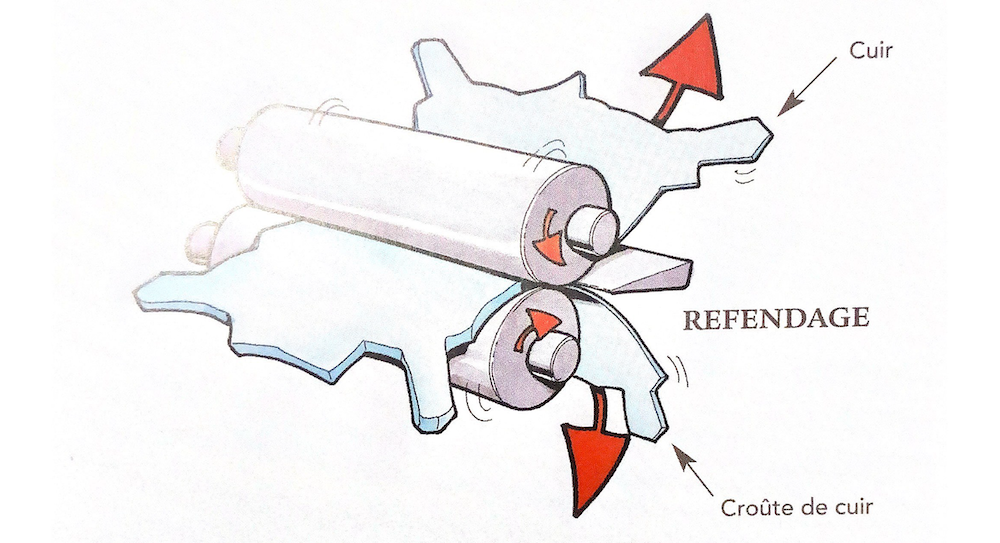
After the tanning stage, the leather is separated into two layers: this is the splitting stage. The top sheet, the one with the grain side, will keep the name of leather, while the second one, which corresponds to the flesh side, will be called leather crust.
The leather rind has no grain and is therefore much weaker due to its loose fibre structure. It is much more susceptible to deformation and even tearing. The tanner can apply a thick finish to the crust that will replace and imitate the grain, which is why it is easy to confuse leather and split leather. Nevertheless the mention "croûte de cuir" is compulsory on the articles sold in France and it is important to be aware that the quality of the crust of leather is much less than that of leather.
Full grain and corrected grain leather
Before the finishing stage, which will give the final appearance in terms of colour and grain, leathers are separated into two categories:
-
On the one hand, leathers with a flawless grain, or with minor defects. The finishing can be applied directly: this is the famous full grain leather!
-
On the other hand, leathers with more or less important defects (in size and number). For these, the grain will be very lightly sanded before finishing, in order to reduce the defects. As the grain has been altered, these leathers can no longer be called "full grain" and are then called " grain-corrected".
Once the leather has been finished, it is almost impossible to determine whether it is full-grain or full-grain, so it is necessary to rely on the information given by the tanner.
It may also be interesting to establish a link between full-grain leather and animal welfare. There are many sources of defects, but a large proportion of them are the result of poor husbandry conditions. Even if it is still difficult today to trace the leather back to the breeder, we can nevertheless assume that full-grain leather, and therefore with few defects, comes from a more animal welfare-friendly industry.
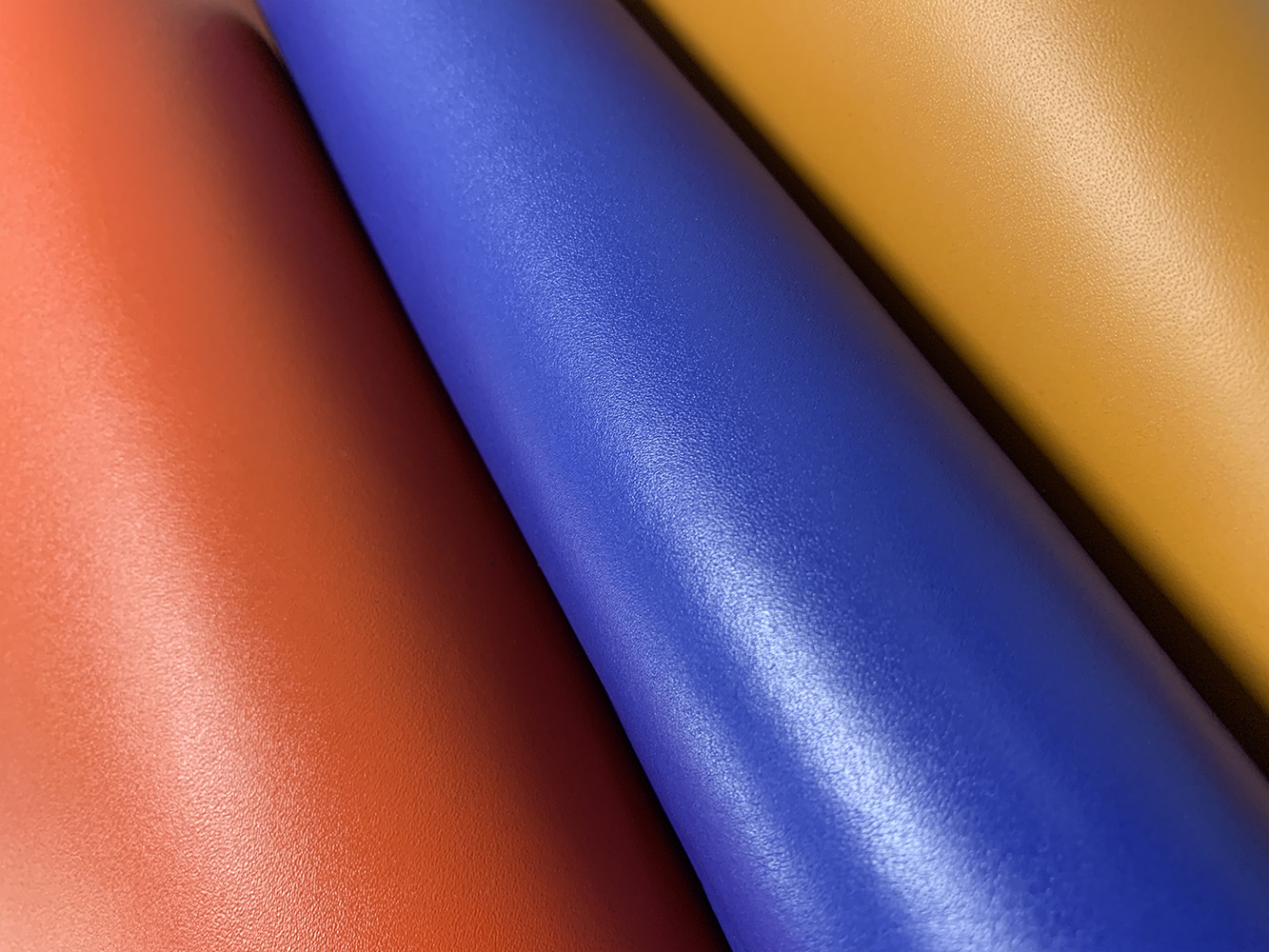
What about suede leathers?
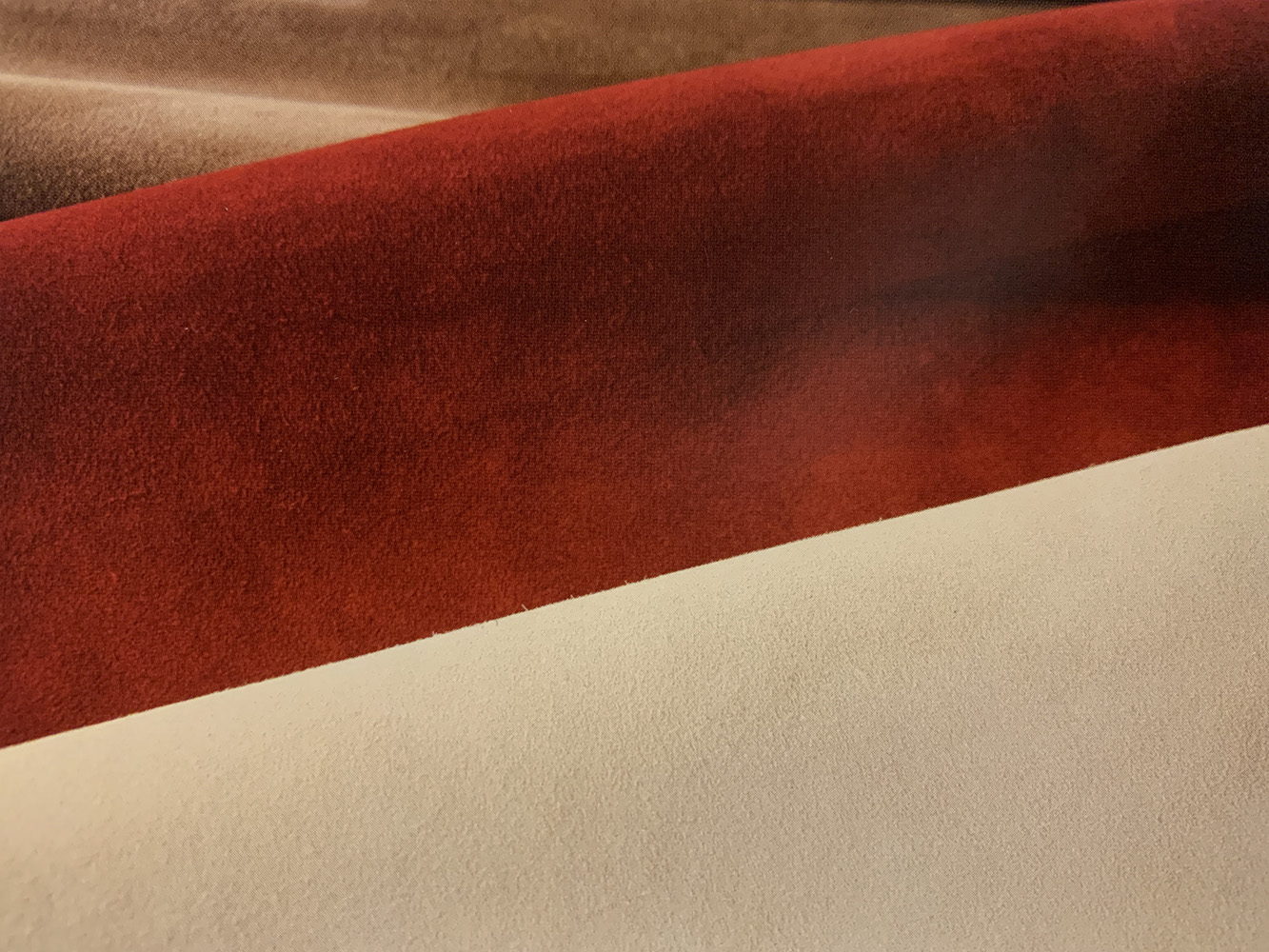
Suede leathers are leathers with a velvety appearance that can be obtained in different ways and have different names:
-
Nubuck leather is obtained after a very light sanding on the grain side of the leather. This gives an extremely fine velvety appearance, a "peach skin" effect. Due to its manufacturing process, nubuck cannot be "full-grain", however, as the sanding is superficial and no finishing action is applied afterwards, this technique requires the use of skins with few or no defects.
-
Suede leather comes from the enhancement of the flesh side of a leather. If the grain is coarse or has defects, the tanner may choose to sand the flesh side of the leather (i.e. the reverse side) to obtain a more or less fine velvet appearance. In common parlance, the term "leather" is replaced by the species of animal used, e.g. "suede calf". This type of leather is also often mistakenly referred to as "suede" when it obviously does not come from this animal.
-
Suede is produced by the same process as suede leather and they will look very similar. Nevertheless, as said before, the crust is much less solid than the leather.
Hoping that this article has helped you to understand why the "full grain" designation is particularly important to evaluate the quality of a leather, I invite you to discover the Lamaro collections, whose leathers come from the dormant stocks of the luxury industry and exclusively from "full grain" leathers! (to know more about our leathers, go to our leather library). Don't hesitate to leave a comment if you have learned something or if you have any questions! And if you are sensitive to responsible fashion, I strongly invite you to visit the blog l-inventaire.com, a real mine of information for a more ethical consumption and lifestyle.
Yours truly


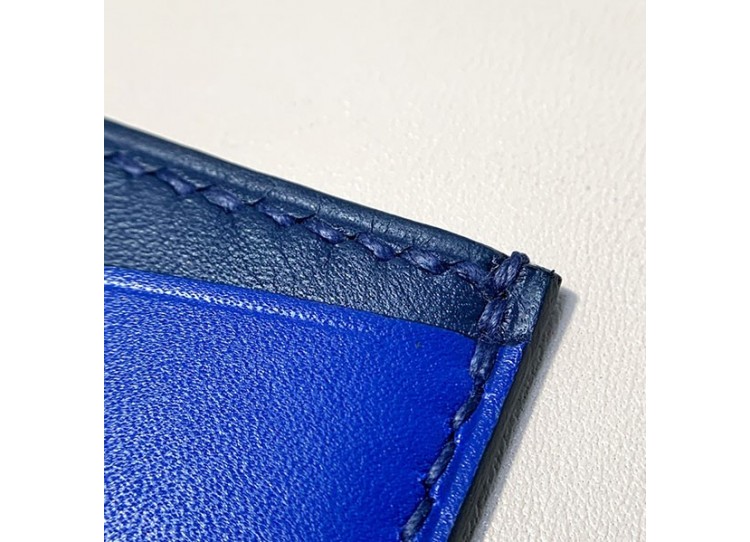
feedback
No comments yet!
Leave your comment